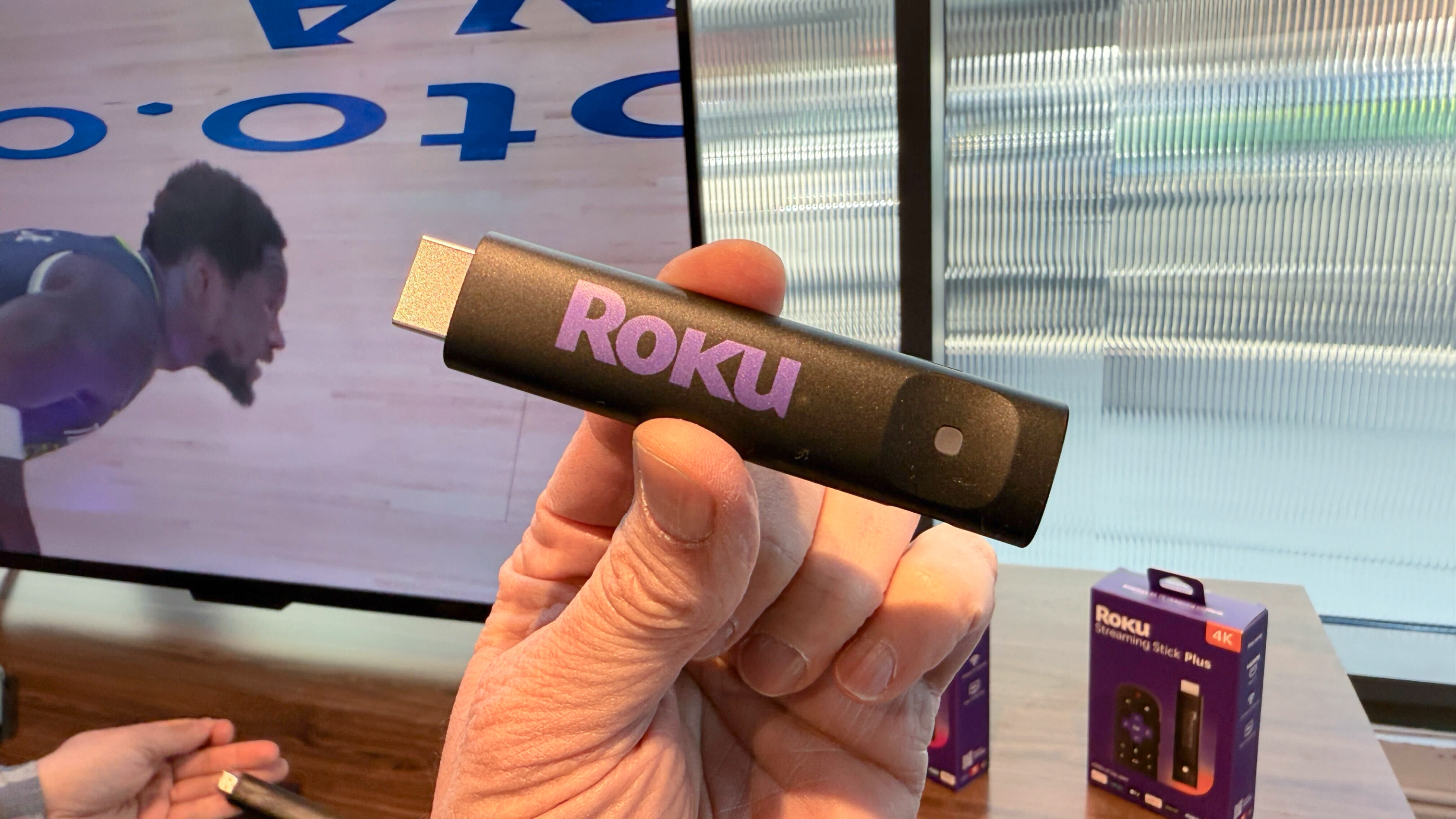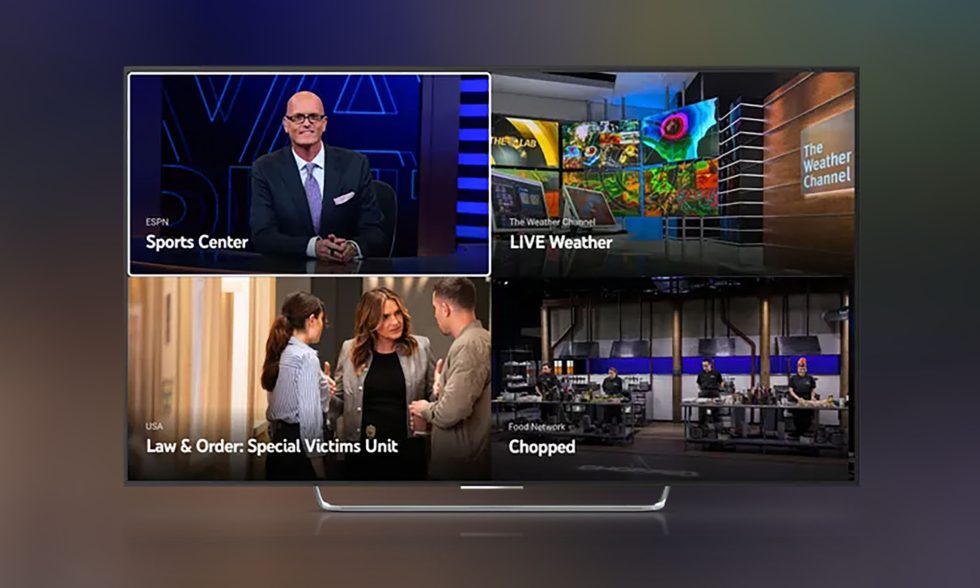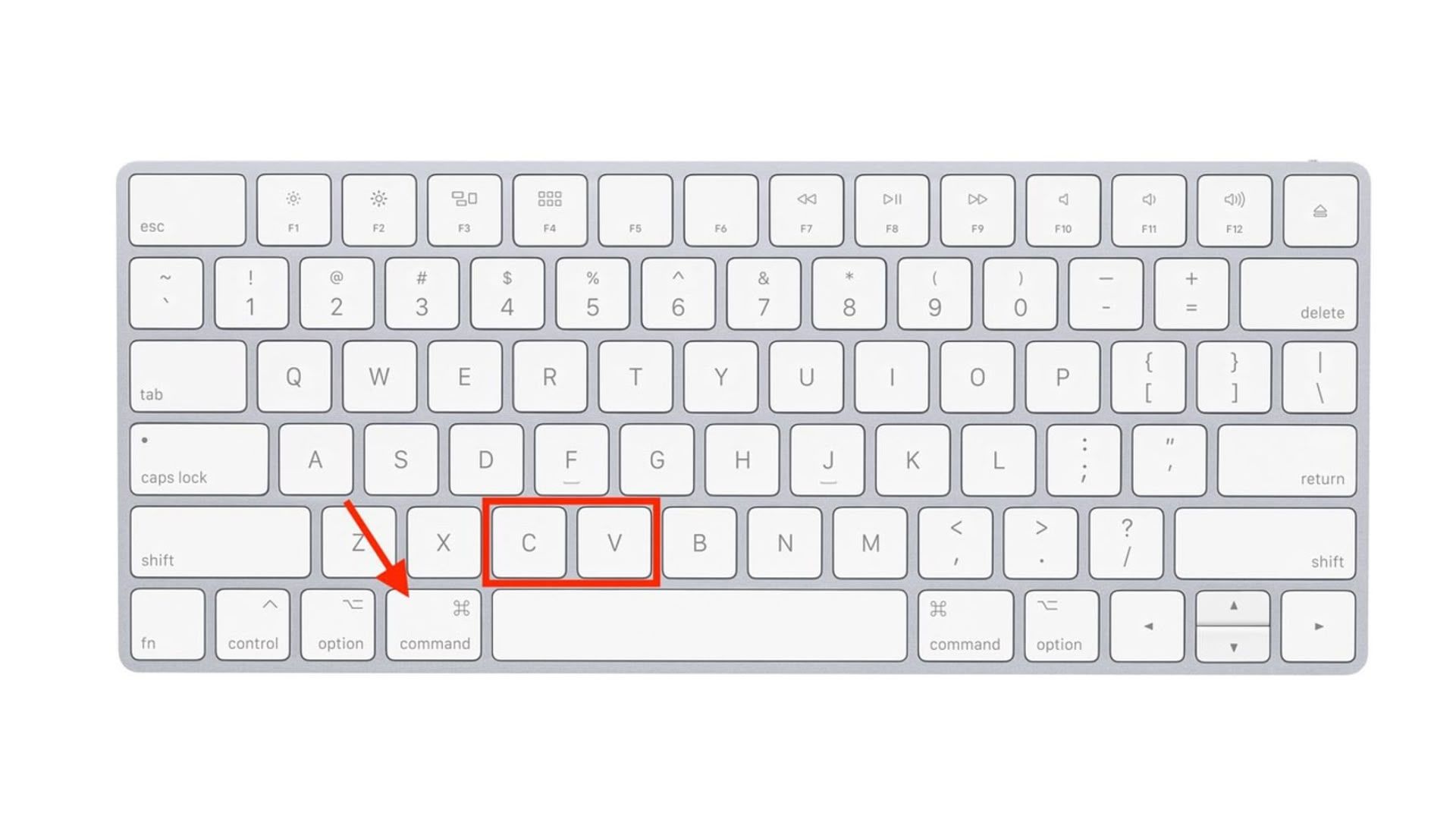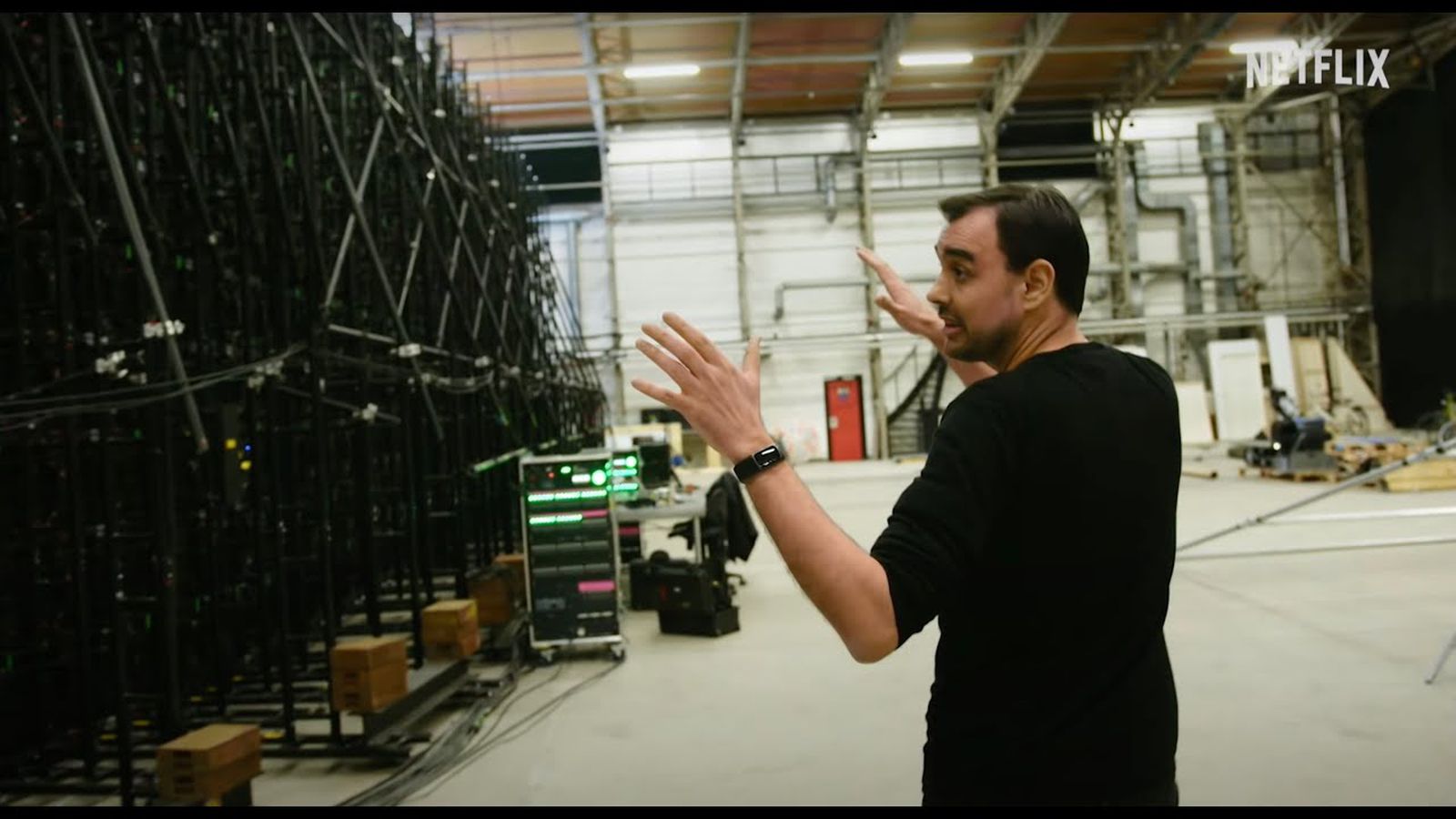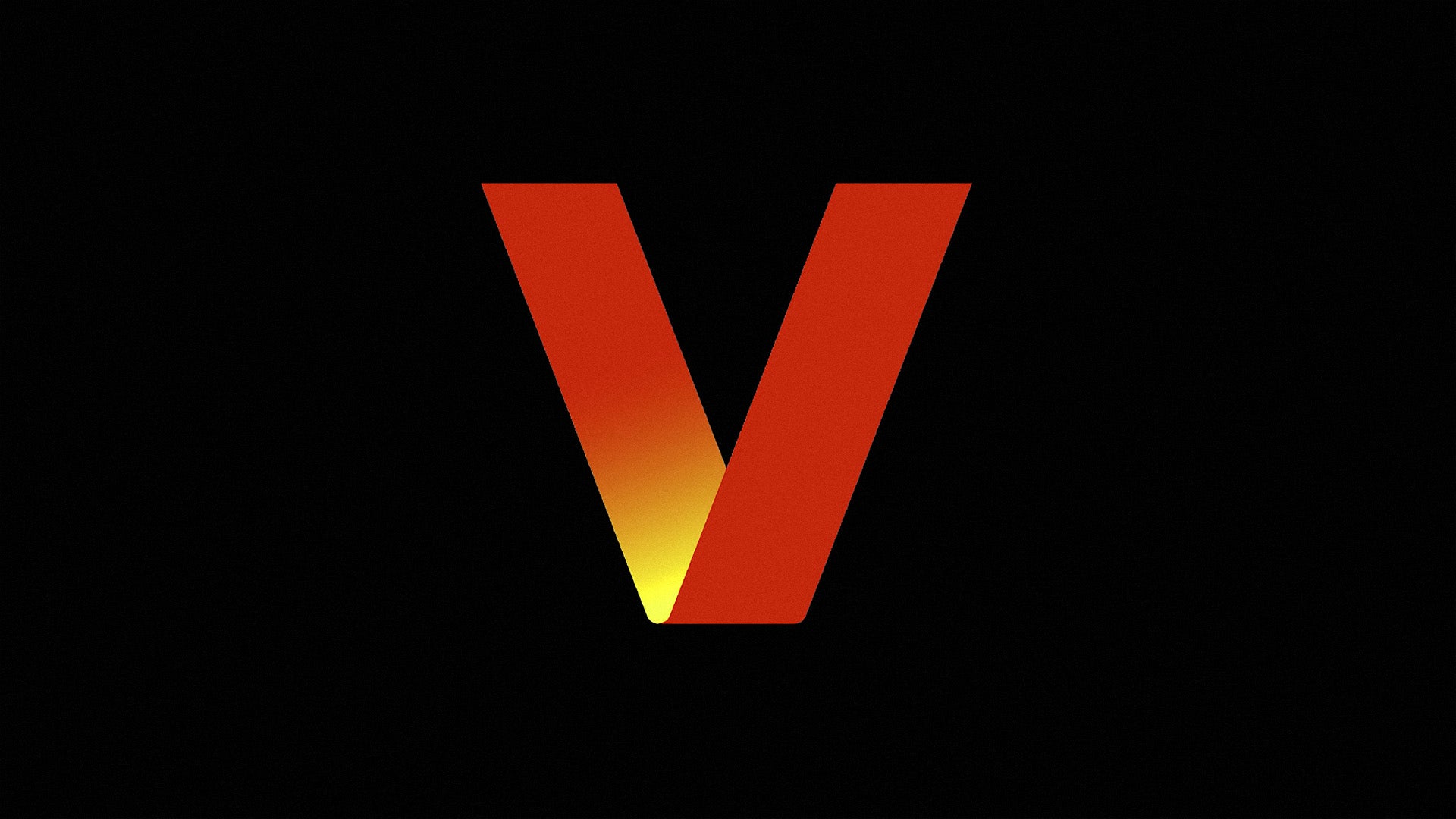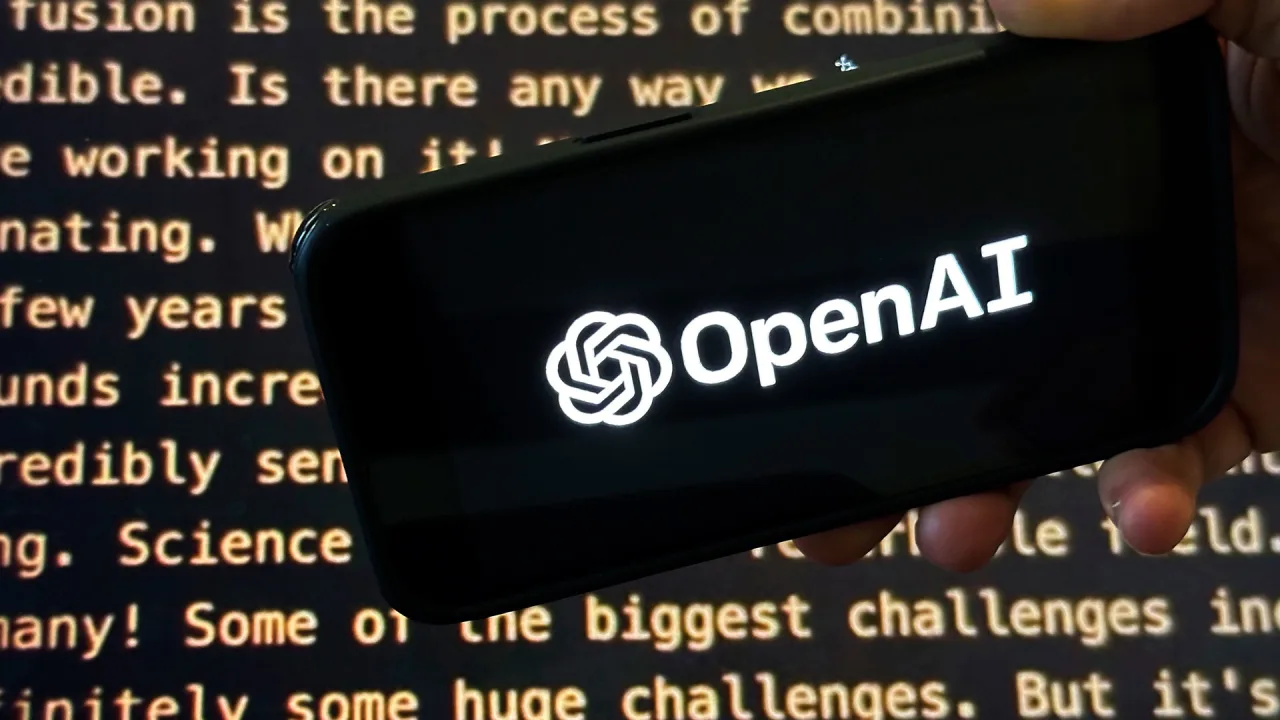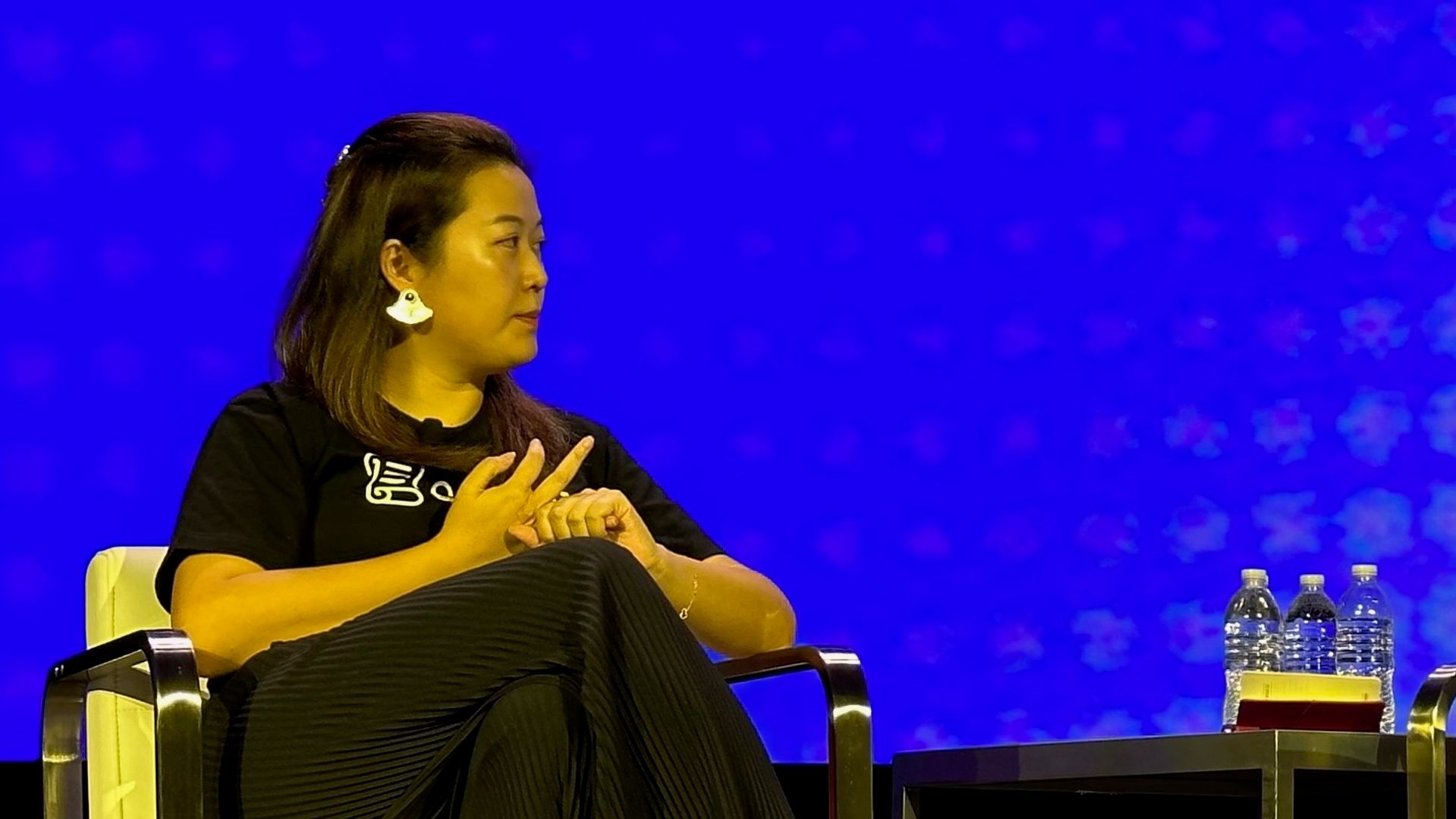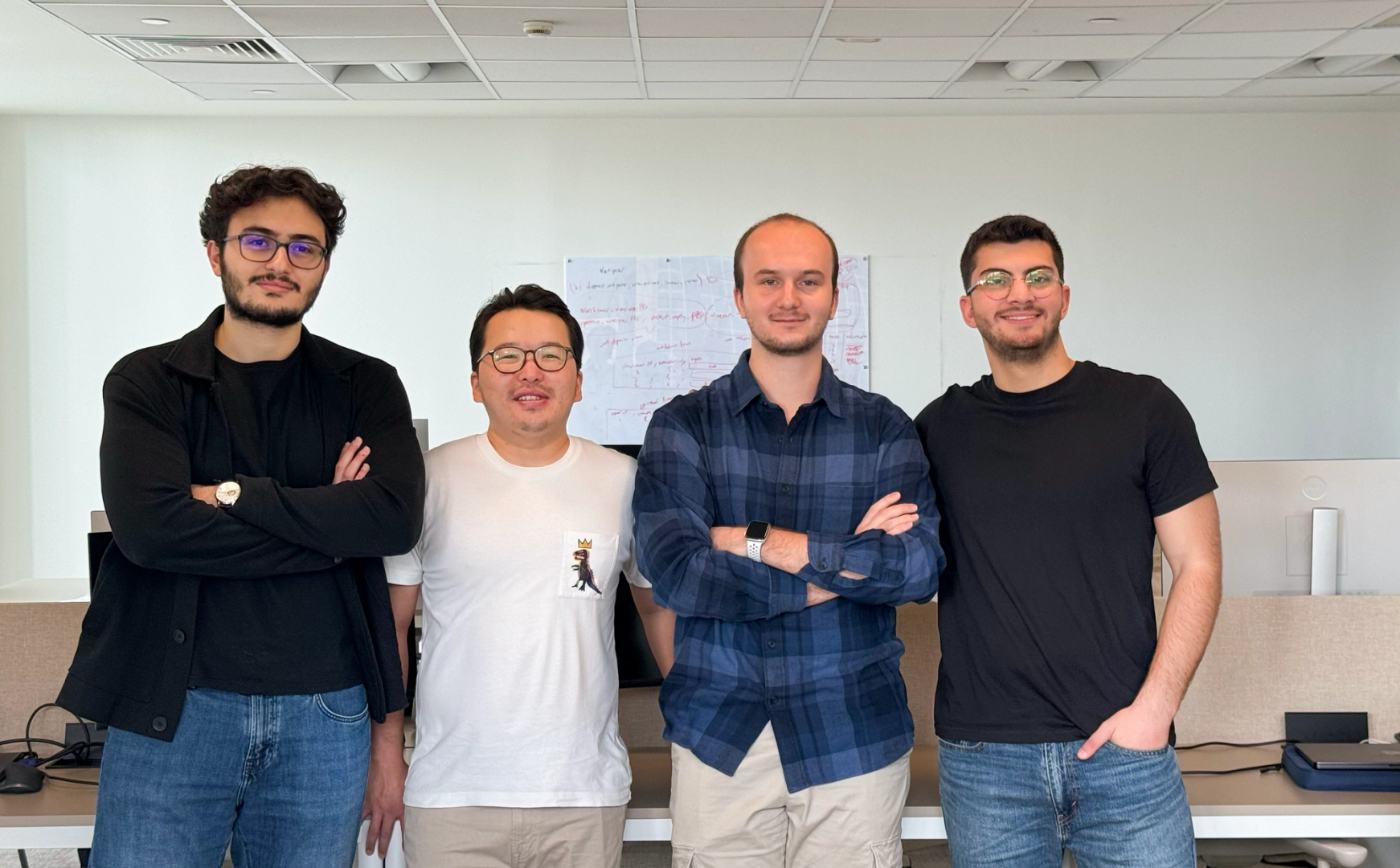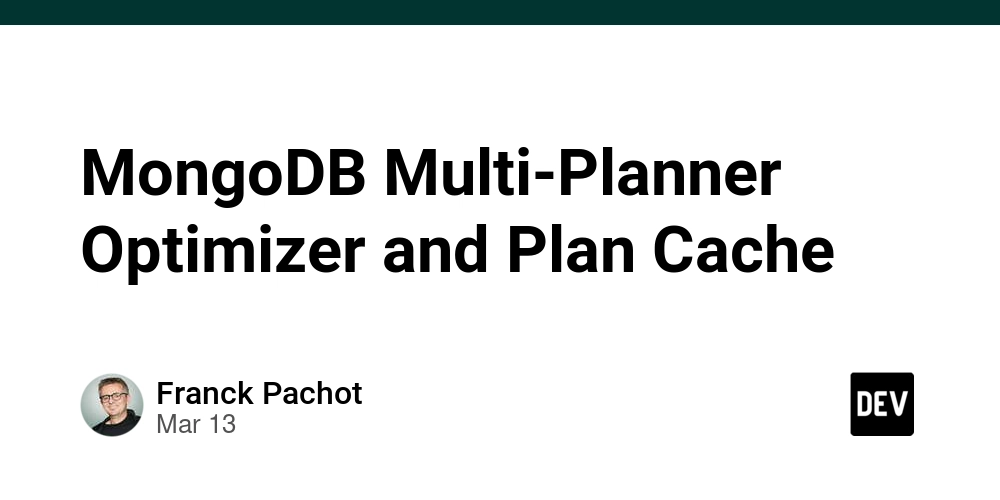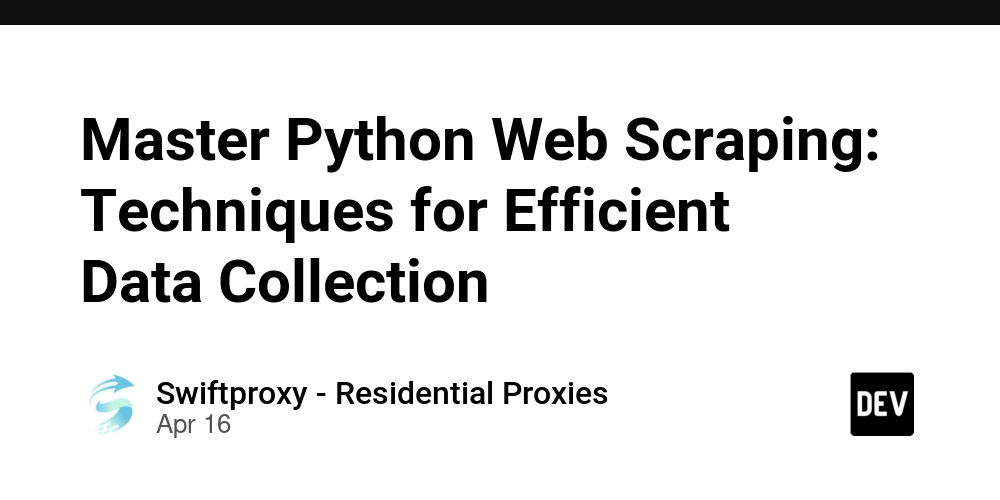My Journey Creating QRKit: Discovering the Hidden Complexity
When I first thought of QRKit, the idea seemed simple: a tool that easily connects offline and online marketing with trackable QR codes. On paper, it sounded straightforward—create codes, see analytics, and help businesses better understand their audience. But I've learned that simplicity often hides unexpected complexity. Why QR Codes? Why Now? QR codes have made a surprising comeback in recent years. They’ve moved beyond menus and payments, becoming crucial for modern marketing. Yet, most existing tools felt outdated—clunky, static, and unclear. Marketers, small businesses, and even individual creators needed better options: something easy, insightful, and flexible. I personally needed a QR code tool at one point and was frustrated by complicated designs, poor functionality, and difficult interfaces. Creating a QR code should never be a complicated experience, whether for big companies or someone working on their own small project. Seeing this problem clearly, I asked myself, "Why not build my own solution—one that’s exactly how I’d want it: clean, easy, and genuinely user-friendly?" When I began building QRKit, I quickly realized that simplicity itself could be tricky. Generating a QR code is simple, but enabling edits after printing or offering clear and useful analytics was more challenging. QRKit had to handle more than just scans—it had to consider user context, privacy, and real-time data. QRKit became a web app built with Next.js, TypeScript, and Tailwind CSS—technologies that made complexity easier to handle. Adding real-time analytics taught me a lot about how people interact online. Creating dynamic QR codes meant careful planning and scalable solutions behind the scenes. Each step added layers of understanding about software, design, and the way people interact with technology. The biggest lesson from building QRKit is that even simple ideas have deeper layers. What started as a neat, clear concept opened doors into a wider exploration of tech, design, and human behavior. Building QRKit taught me patience, curiosity, and the importance of listening closely to users, always striving to improve and stay present for those who rely on the product. QRKit is more than technology—it’s about making connections easier, simpler, and clearer. I'd love for you to experience it yourself. Give it a try here. I'd love to hear your thoughts.
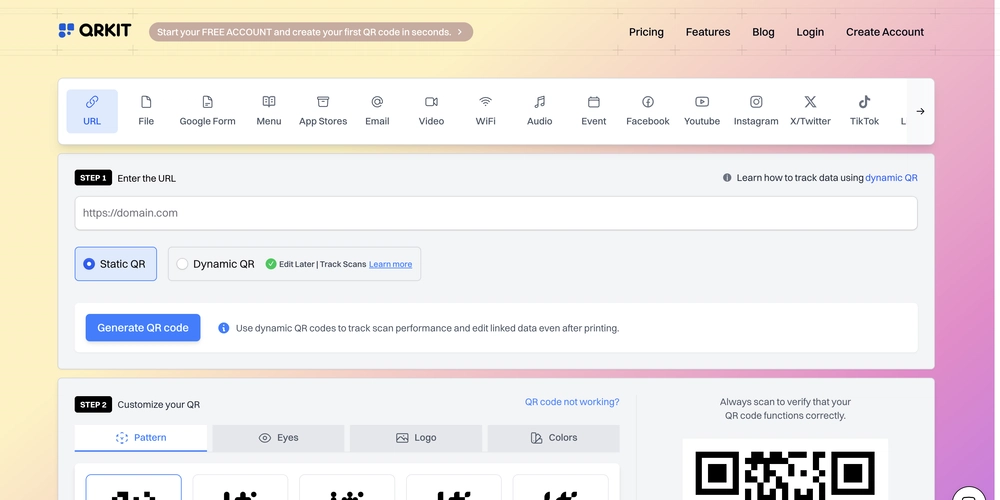
When I first thought of QRKit, the idea seemed simple: a tool that easily connects offline and online marketing with trackable QR codes. On paper, it sounded straightforward—create codes, see analytics, and help businesses better understand their audience. But I've learned that simplicity often hides unexpected complexity.
Why QR Codes? Why Now?
QR codes have made a surprising comeback in recent years. They’ve moved beyond menus and payments, becoming crucial for modern marketing. Yet, most existing tools felt outdated—clunky, static, and unclear. Marketers, small businesses, and even individual creators needed better options: something easy, insightful, and flexible.
I personally needed a QR code tool at one point and was frustrated by complicated designs, poor functionality, and difficult interfaces. Creating a QR code should never be a complicated experience, whether for big companies or someone working on their own small project. Seeing this problem clearly, I asked myself, "Why not build my own solution—one that’s exactly how I’d want it: clean, easy, and genuinely user-friendly?"
When I began building QRKit, I quickly realized that simplicity itself could be tricky. Generating a QR code is simple, but enabling edits after printing or offering clear and useful analytics was more challenging. QRKit had to handle more than just scans—it had to consider user context, privacy, and real-time data.
QRKit became a web app built with Next.js, TypeScript, and Tailwind CSS—technologies that made complexity easier to handle. Adding real-time analytics taught me a lot about how people interact online. Creating dynamic QR codes meant careful planning and scalable solutions behind the scenes.
Each step added layers of understanding about software, design, and the way people interact with technology.
The biggest lesson from building QRKit is that even simple ideas have deeper layers. What started as a neat, clear concept opened doors into a wider exploration of tech, design, and human behavior.
Building QRKit taught me patience, curiosity, and the importance of listening closely to users, always striving to improve and stay present for those who rely on the product.
QRKit is more than technology—it’s about making connections easier, simpler, and clearer. I'd love for you to experience it yourself.
Give it a try here.
I'd love to hear your thoughts.










































































































































































![[The AI Show Episode 144]: ChatGPT’s New Memory, Shopify CEO’s Leaked “AI First” Memo, Google Cloud Next Releases, o3 and o4-mini Coming Soon & Llama 4’s Rocky Launch](https://www.marketingaiinstitute.com/hubfs/ep%20144%20cover.png)















































































































![Is This Programming Paradigm New? [closed]](https://miro.medium.com/v2/resize:fit:1200/format:webp/1*nKR2930riHA4VC7dLwIuxA.gif)
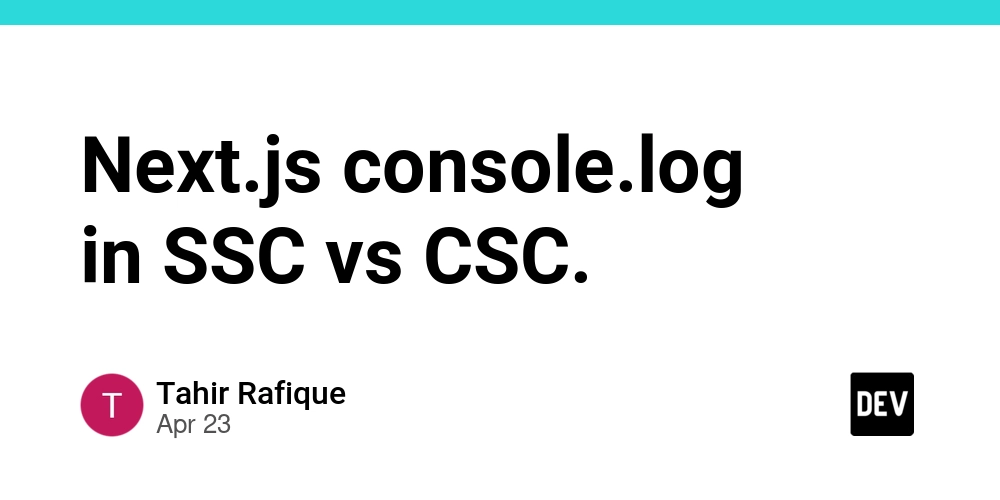
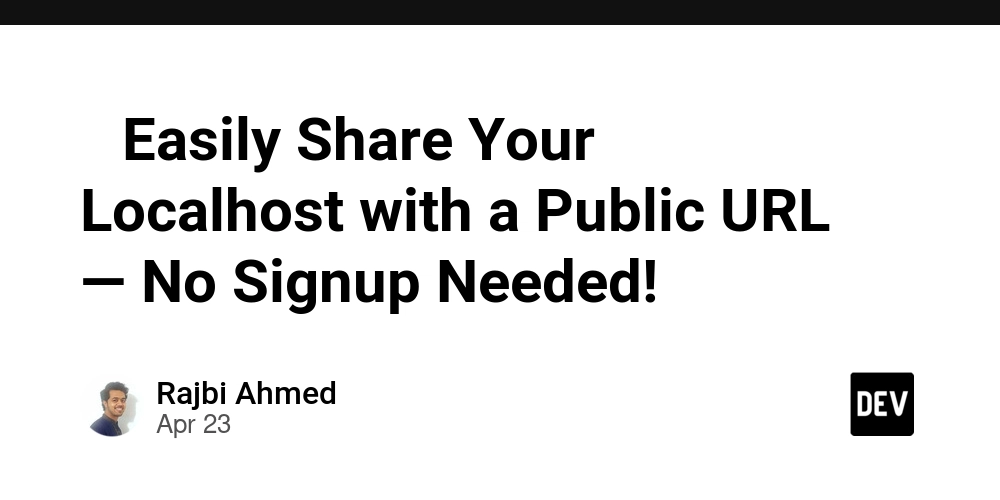













































































































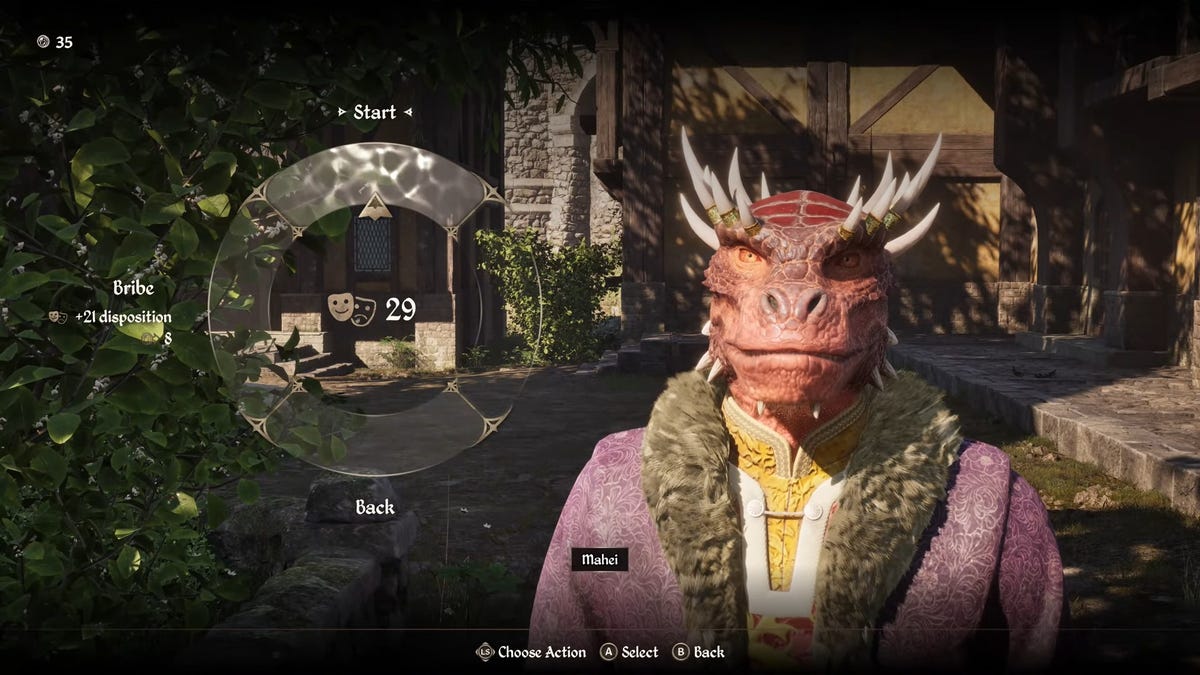



















-Classic-Nintendo-GameCube-games-are-coming-to-Nintendo-Switch-2!-00-00-13.png?width=1920&height=1920&fit=bounds&quality=70&format=jpg&auto=webp#)













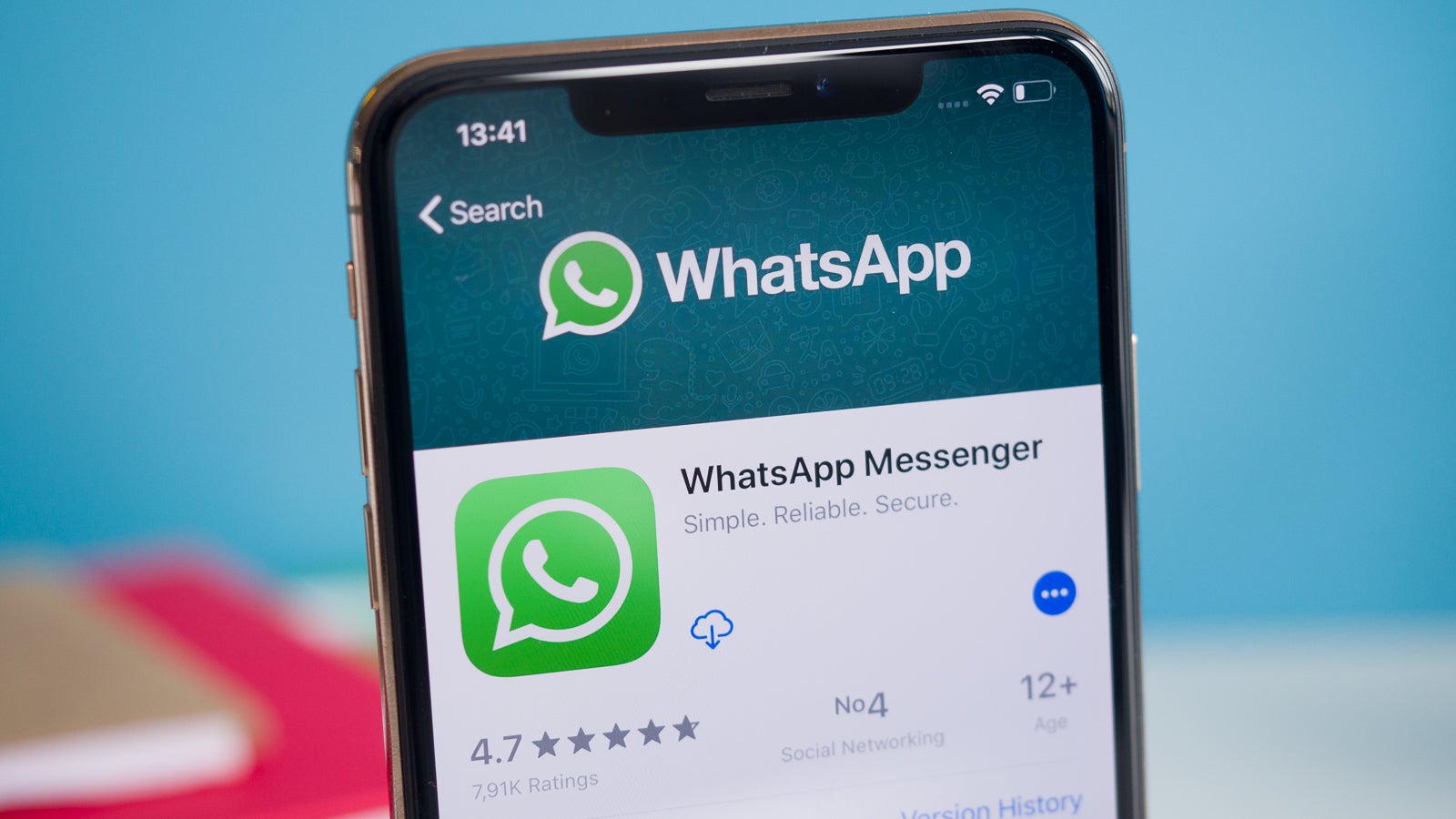
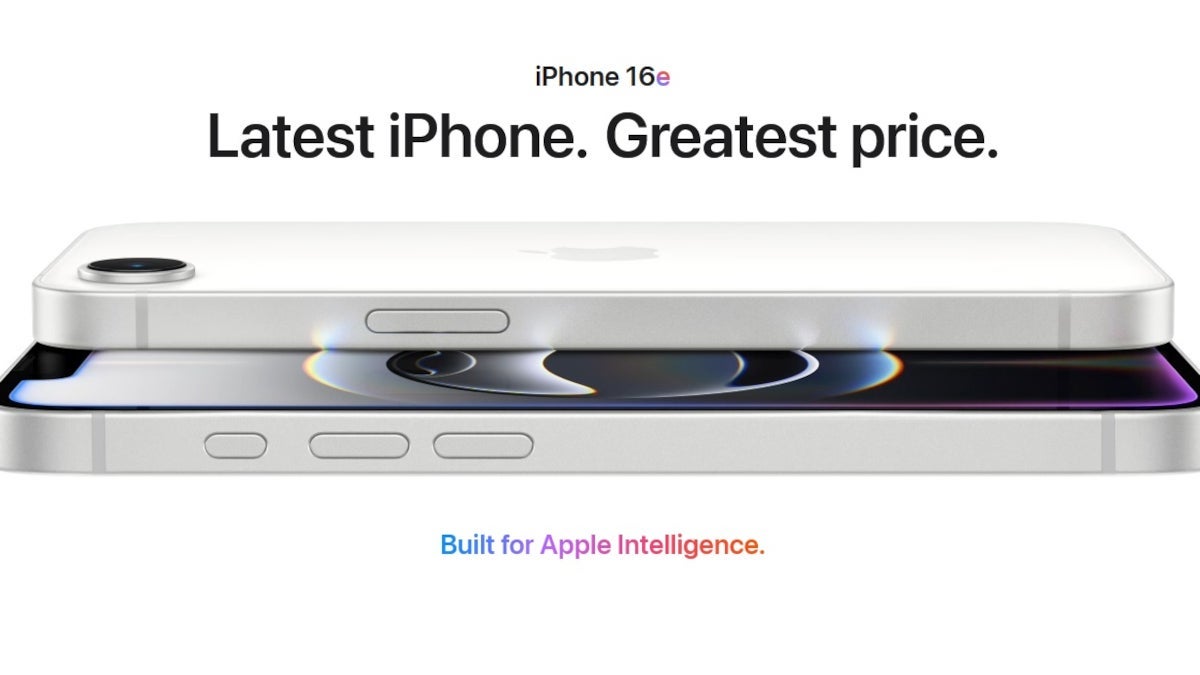













_Wavebreakmedia_Ltd_FUS1507-1_Alamy.jpg?width=1280&auto=webp&quality=80&disable=upscale#)










































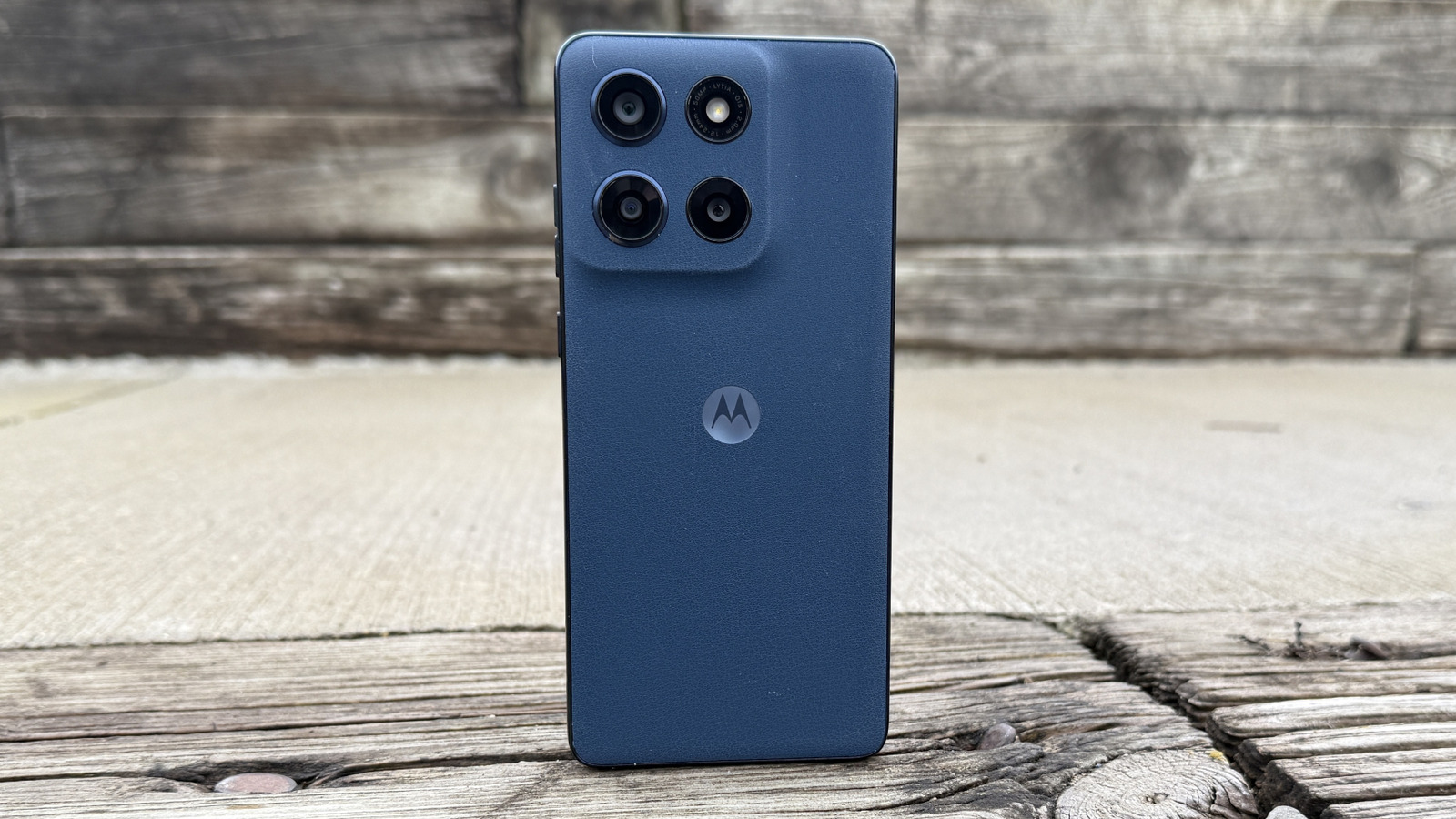




































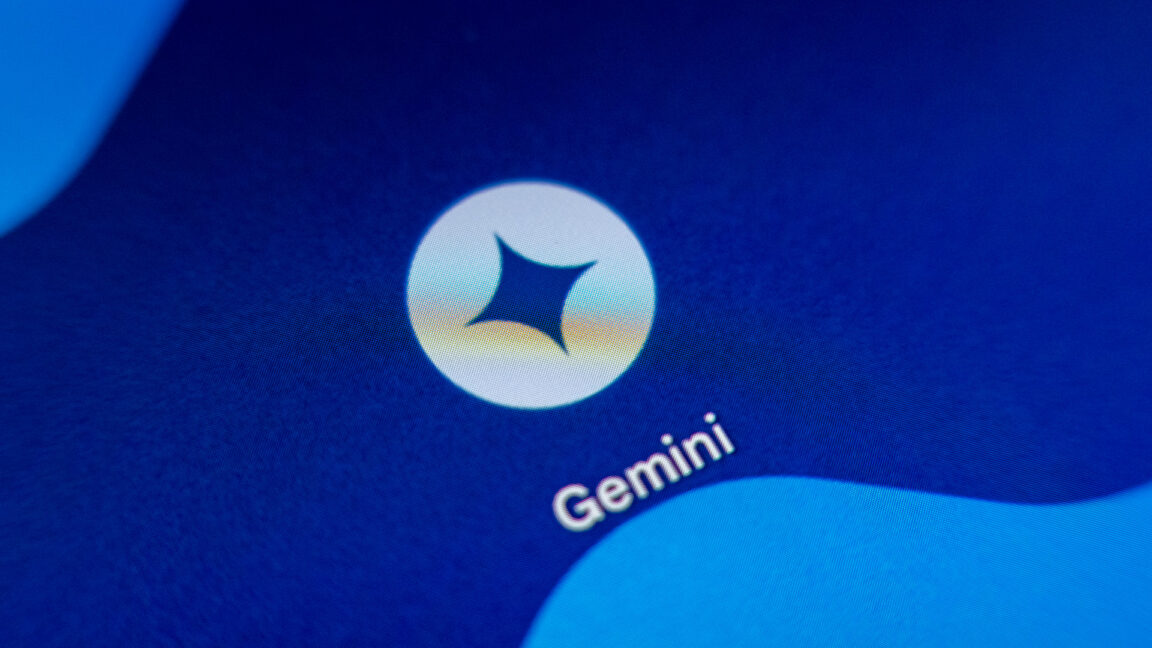





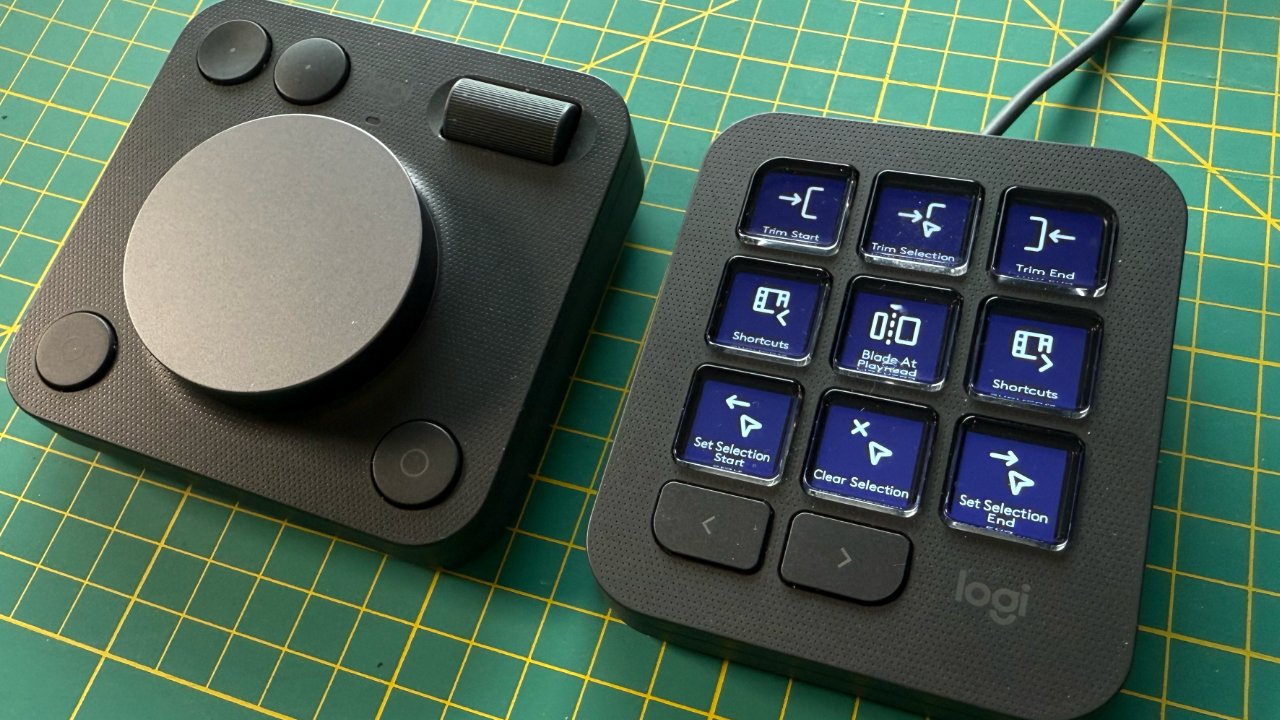


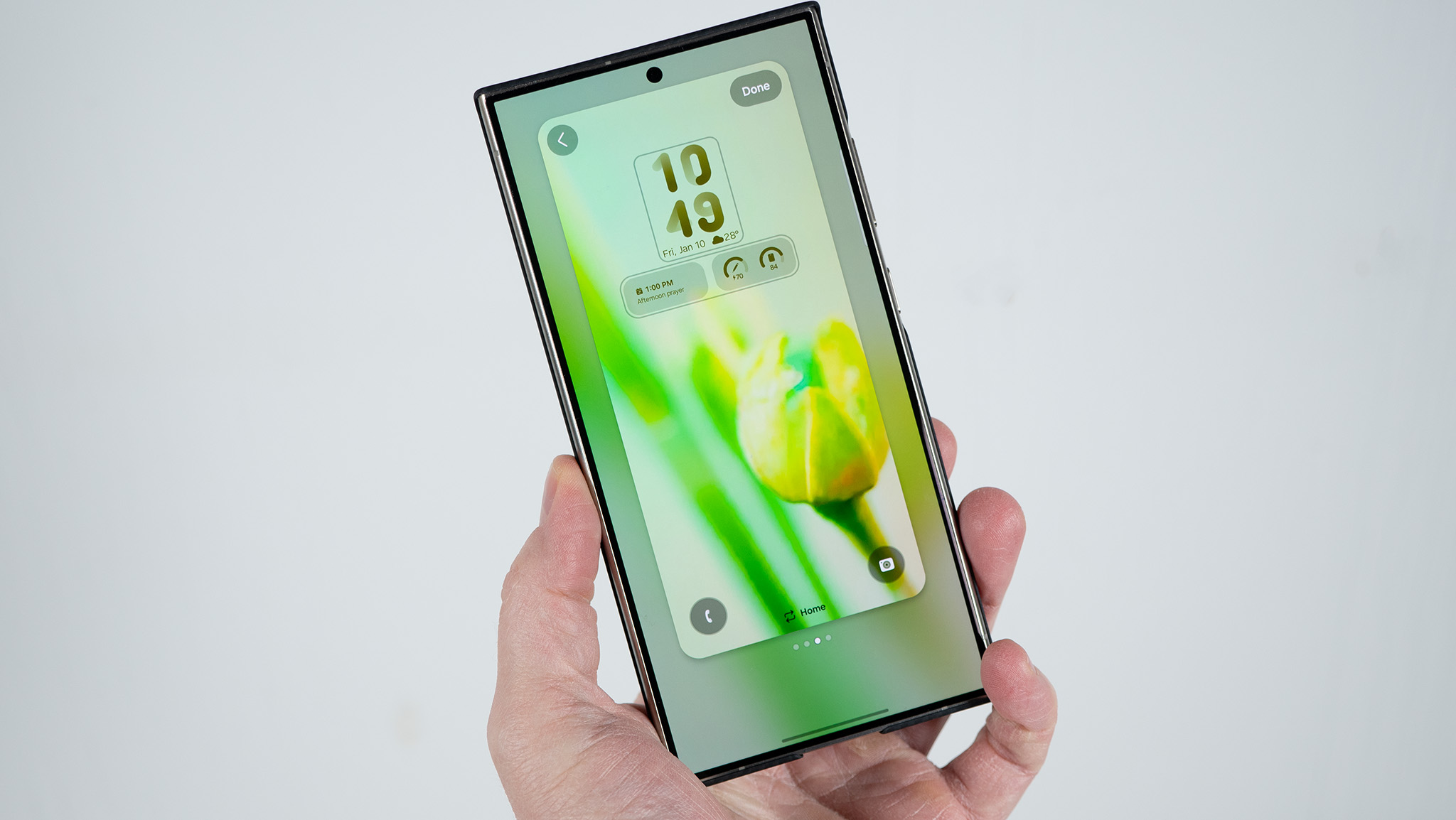
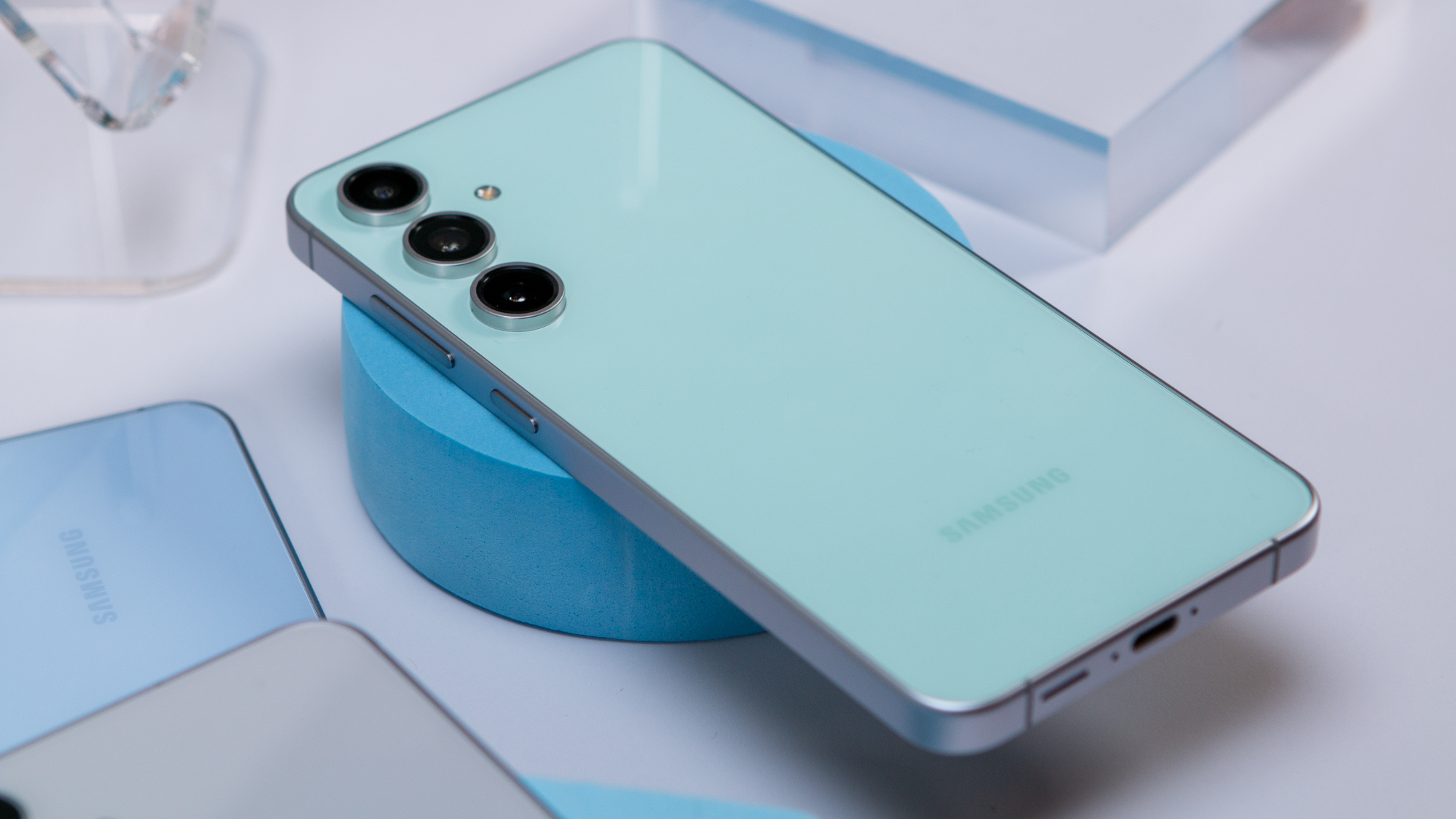
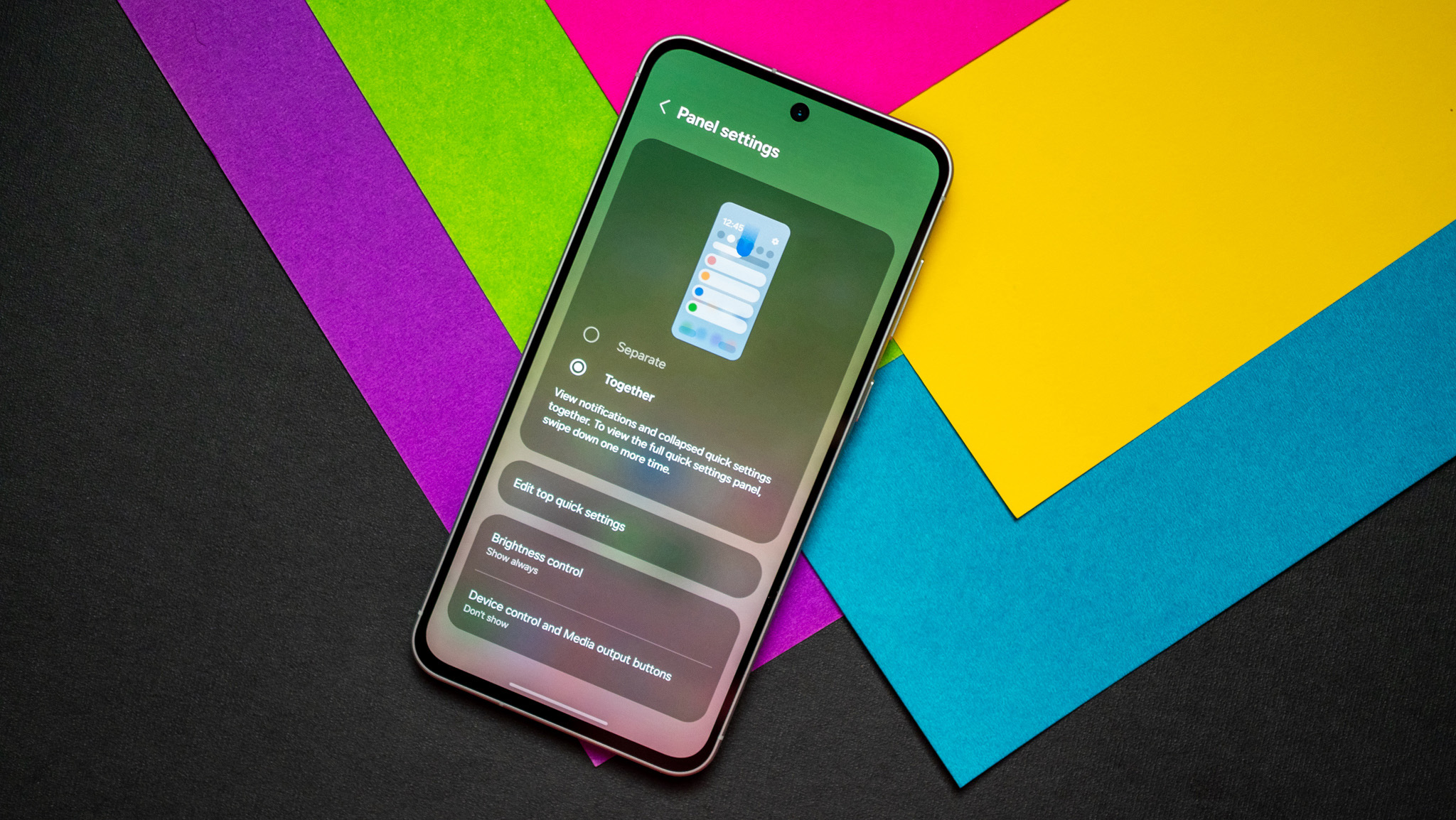
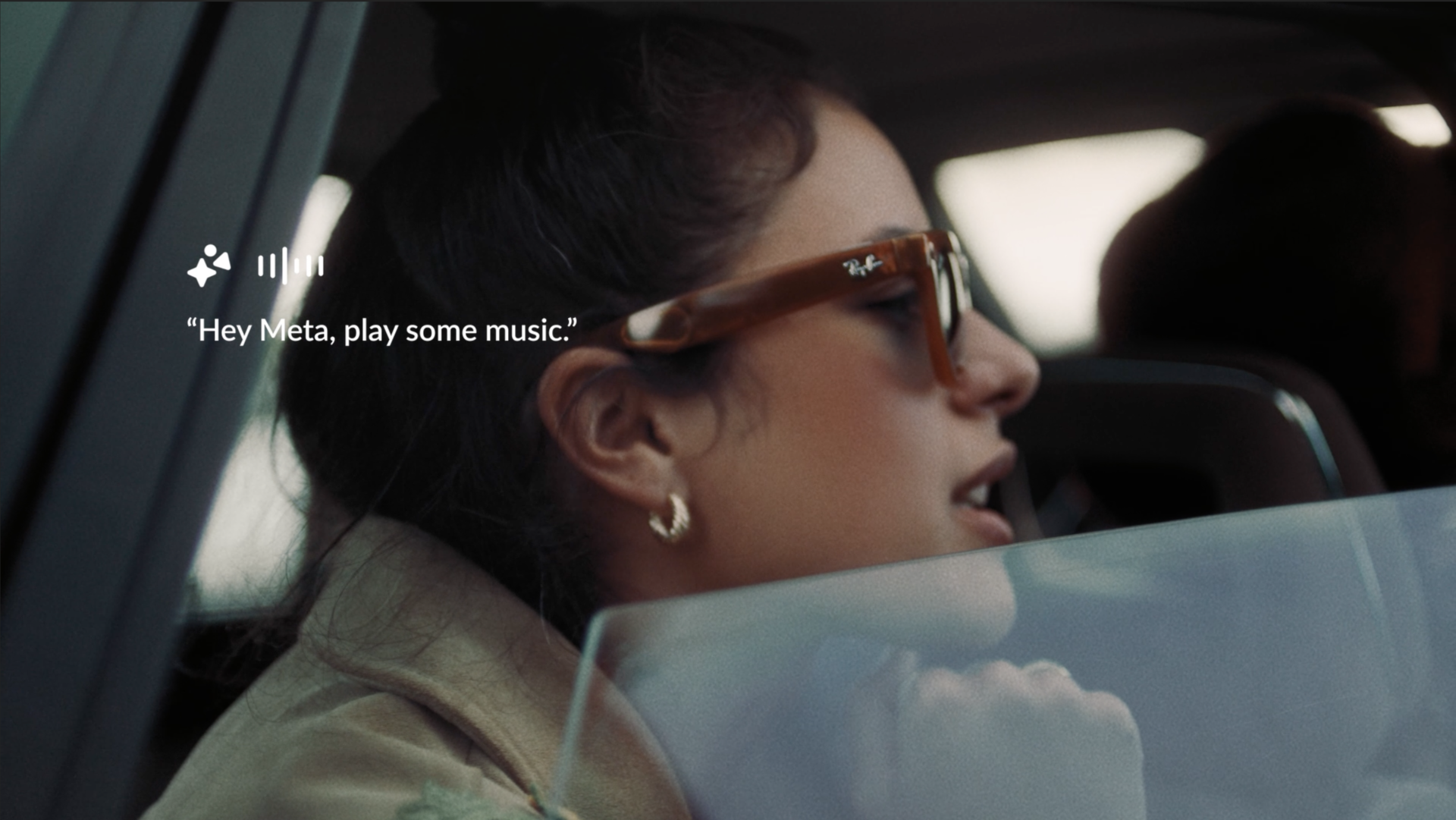

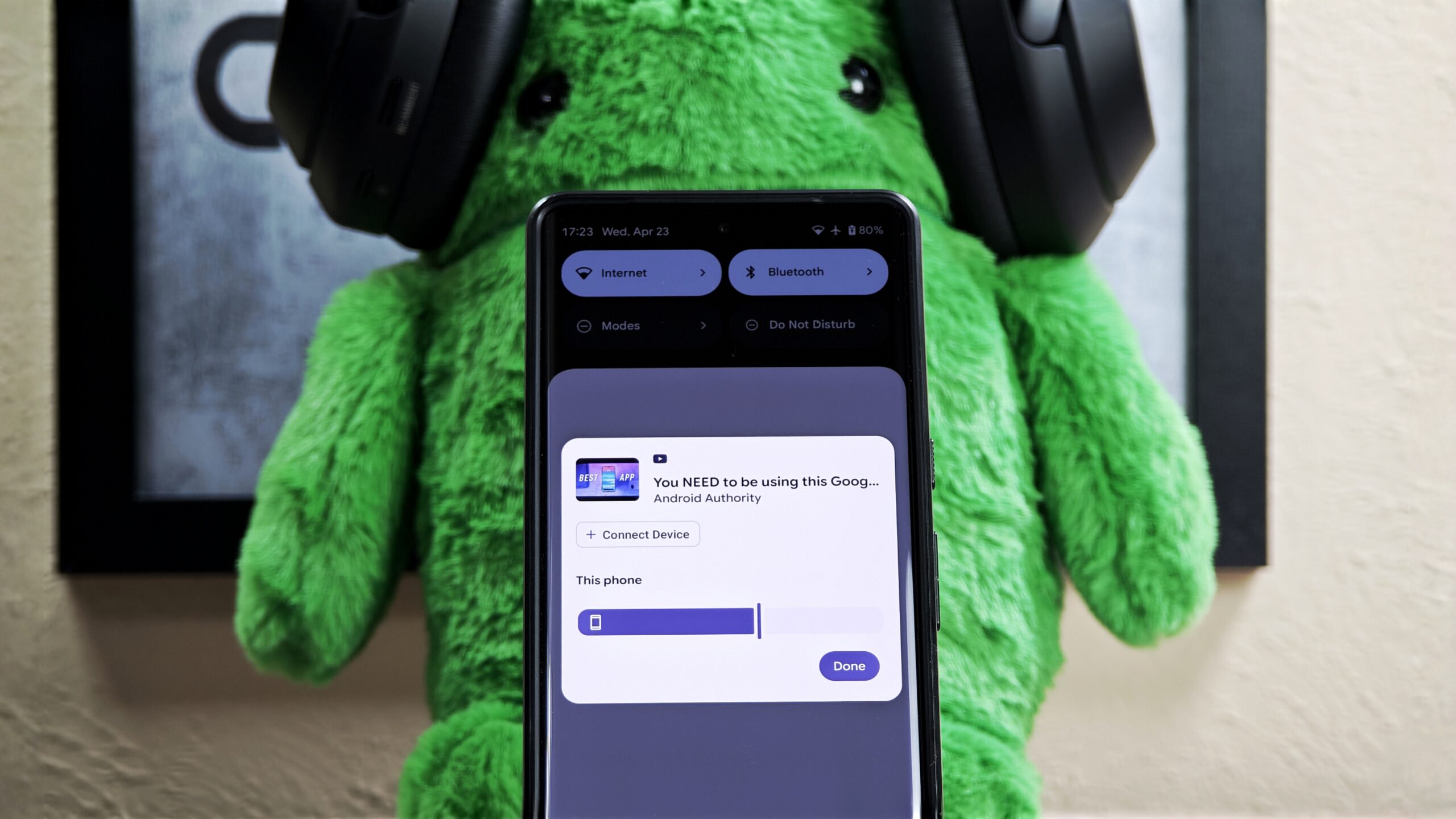
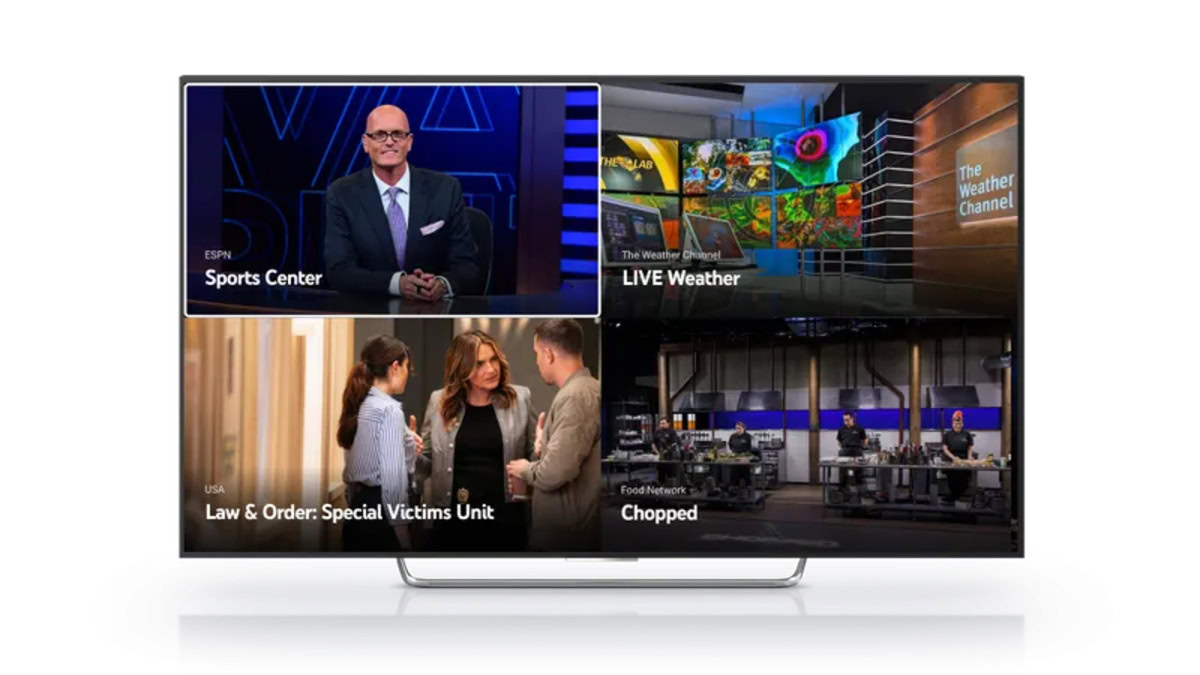




















![New iPhone 17 Dummy Models Surface in Black and White [Images]](https://www.iclarified.com/images/news/97106/97106/97106-640.jpg)


![Hands-On With 'iPhone 17 Air' Dummy Reveals 'Scary Thin' Design [Video]](https://www.iclarified.com/images/news/97100/97100/97100-640.jpg)


















